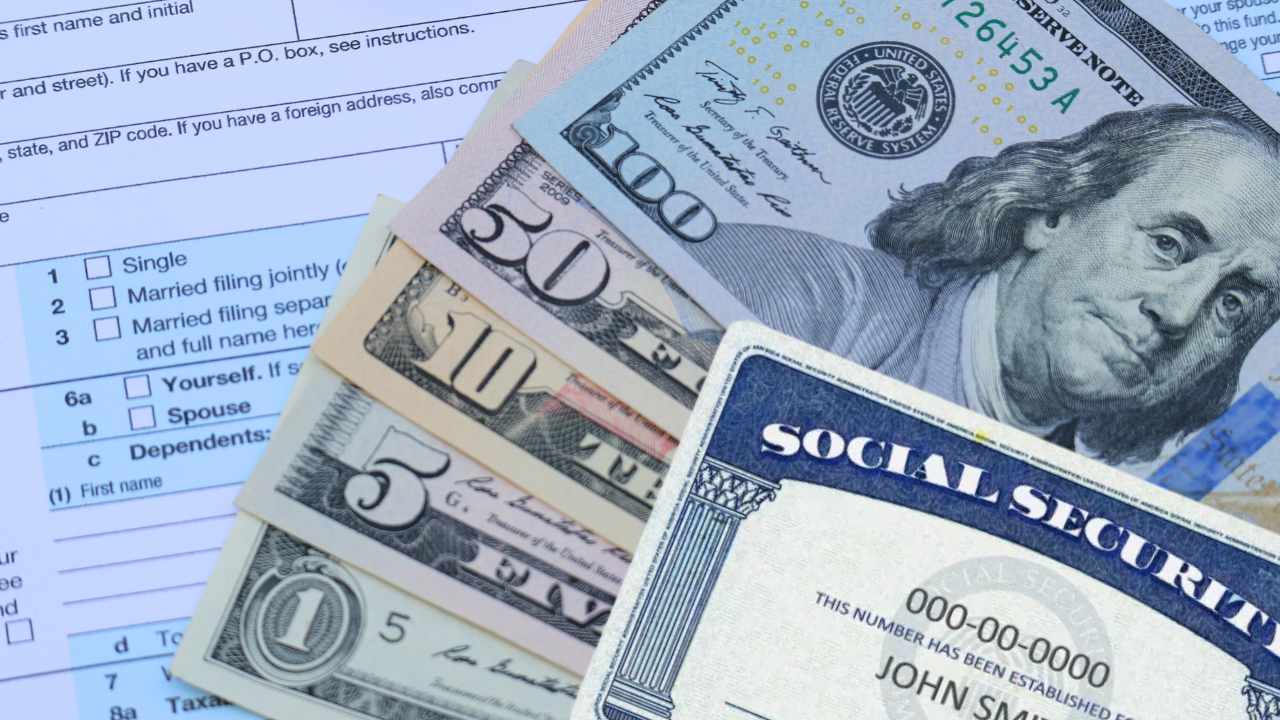Social Security payments are essential income for retirees, individuals with disabilities, and surviving family members in the United States. These monthly payments, which include retirement, disability, and survival benefits, may be subject to both federal and state tax withholdings.
So, every dollar taken from you by taxes can have a significant impact on your family’s finances. Tax liability depends on the recipient’s total income and the applicable legislation in each jurisdiction, whether at the federal or state level, as not all states impose the same taxes on pensions, and some do not impose them at all.
Taxes on Social Security payments: What you need to know today
Since 1984, federal regulations have imposed a tax on benefits when combined income exceeds specific thresholds established each year by the federal government. This income is determined by adding:
- The reported adjusted gross income (AGI)
- Tax-exempt interest (such as municipal bonds)
- 50% of the Social Security benefits received annually
The limits, unchanged by inflation since their implementation, are structured as follows:
A single taxpayer, head of household, or widowed taxpayer has a base non-taxable threshold of $25,000; between $25,001 and $34,000, the tax rate is 50%; and after $34,001, the tax rate is 85%. (All of these thresholds also apply to married individuals who file separate taxes annually.)
For married couples filing jointly, the nontaxable threshold is $32,000; $32,001 to $44,000 is taxable at 50%; and $44,001 and above is taxable at 85%.
Recipients report the amounts using Form SSA-1099, reporting the total on line 6a of Form 1040 and the taxable portion on line 6b.
Changes introduced by Trump to the “Big Beautiful Bill”
The One Big Beautiful Bill Act (OBBBA), a law enacted in 2025, introduces substantial changes to federal taxation. White House data indicates that approximately 88% of beneficiaries will be exempt from paying. Its key provisions include:
Taxpayers age 65 and older (and spouses filing jointly) can deduct $6,000 per person during 2025-2028. This deduction decreases by 6% for every dollar above $75,000 (individual) or $150,000 (joint), without decreasing below zero.
A single pensioner with an average annual benefit of $24,000 is exempt from tax, as the deduction exceeds taxable income. The same applies to couples with a combined income of $48,000, according to the Council of Economic Advisers.
The reform primarily benefits recipients with incomes between $80,000 and $130,000, generating average savings of $1,100 annually (1% of post-tax income).
There are states that tax retirement payments
In 2025, nine states will impose taxes on these benefits: Colorado, Connecticut, Minnesota, Montana, New Mexico, Rhode Island, Utah, Vermont, and West Virginia. Each state establishes exemptions based on age, income, or marital status:
- Colorado
- Rate: 4.40%. Exemptions:
- Age 65 and older: full deduction.
- Ages 55–64: deduction if AGI is below $75,000 (individual) or $95,000 (couples).
- Connecticut
- Rate: Variable. Exemptions:
- AGI under $75,000 (individual) or $100,000 (couples): fully exempt.
- Gradual taxation applies up to a maximum of 25%.
- Minnesota
- Rate is variable. Exemptions: Income below $82,190 (individual) or $105,380 (couples): full exemption.
- Montana
- Rate is variable. Exemptions: Deductions based on age and income.
- New Mexico
- Rate is variable. Exemptions: Full inclusion in gross income, but eligible for subsequent deduction.
- Rhode Island
- Rate is variable. Exemptions: Specific income thresholds determine eligibility.
- Utah
- Rate is variable. Exemptions: Tax credits available for AGI under $30,000 (individual) or $50,000 (couples).
- Vermont
- Rate is variable. Exemptions:Progressive exemptions based on income.
- West Virginia
- Rate is variable. Exemptions:
- Gradual phase-out in place.
- Full exemption effective starting in 2026
Three states eliminated the taxation over Social Security or retirement benefits in 2024: Missouri, Nebraska, and Kansas, while West Virginia is set to culminate its full exemption by the end of 2026.







